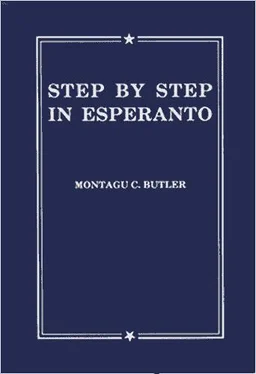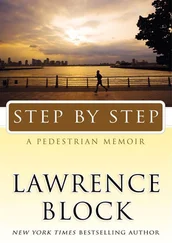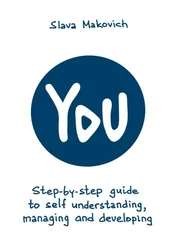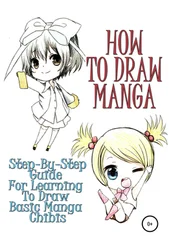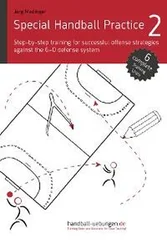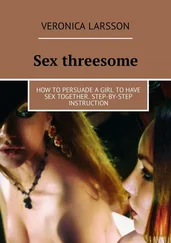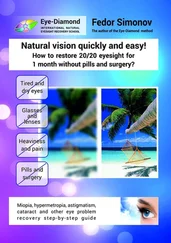KIU li estas?(Li estas Tom).
Kio (Kiu) ŝi estas?(Ŝi estas ….)
Mnemonic: Kio, wOt! kiu,( ki-who! ).
36. DIRU AL MI, Tell me. MI PETAS, Please. DANKON, Thank you.
“Diru al mi, mi petas, kiu estas la knabino tie?” “Ŝi? ŝi estas Flossie Binks.” “Dankon.”
La sono ( The Sound ) «oj»
37. The sound OJ= oy in toy, boy; oi in boil. OJis a “diphthong” ( diftongo) or vowel-glide, but it is counted as one syllable. Thus: boj-ko-to( boycott ) is three syllables.
38. English usually adds s to show the plural ( la pluralo) (= more than one). But it has many forms.
We speak of a box, and the plural is boxes,
But the plural of ox should be oxen, not oxes.
You may find a lone mouse, or a whole nest of mice,
But the plural of house is houses, not hice.
If the plural of man is always called men,
Why shouldn’t the plural of pan be called pen?
When I speak of a foot, and you show me two feet,
And I give you a boot, would a pair be called beet?
We speak of a brother, and also of brethren,
But though we say mother, we NEVER say methren!
39. Esperanto, on the other hand, is regular, and always forms the plural by adding J.All nouns in the plural end with OJ [11].
Infano, child; infanoj, children . [12]
Bovo, ox; bovoj, oxen.
Amikoj, friends.
Tulipoj estas floroj, tulips are flowers.
Matematiko!
one rose unu rozo
one rose unu rozo
---------- ---------
two roses du rozoj
40. (a) Make sentences from the words in 14after this model: Pomoj, bananoj, figoj … kaj piroj, estas fruktoj. … bestoj. … floroj. … instrumentoj.
(b) Unu lampo kaj unu lampo estas du lampoj. Unu pomo kaj unu piro estas du … Unu knabo kaj du knabinoj estas triinfanoj.
(c) Mountains and rivers. Cats and dogs. Rats and mice. Tables and chairs. Fathers and mothers. Sons and daughters. Books and pictures. Letters and telegrams. Lamps and candles. Lions and tigers. Streets and houses. Omnibuses and trams. Shelves and benches. Baskets and boxes. Fruits, flowers, and vegetables (legomoj). Men, women, and children.
(d) Kio estas figoj? (katoj, tulipoj, flutoj, paseroj, vespoj, karotoj)?
(e) One for you, and one for me. Flowers for the vase. Dolls for the children. A sack for the apples. A basket for the eggs. Shelves for the books.
(f) Diru al mi, mi petas, kio estas monologo? (Ĝi estas dialogopor unu persono!).
(g) Kio estas en la valizo? ( Inspect contents ).
41. The letter Ŭ= the English “w” . It is a “double u”; the u ’s being written one above the other, instead of side by side as in English. It is called “ ŭo” (pr. wo ).
42. The sound AŬ( AHºº ) is a vowel-glide, pronounced like ah (wh)o , or (P)a (w)ou(ld) , said quickly, with the accent on the ah. It is roughly the sound of “ow” in now , and counts as one syllable.
ADIAŬ(a-di-aŭ)! Farewell! ANKAŬ, also, too. AŬ, or.
43. (a) Infano estas knabo aŭ knabino. Paŭlo estas aŭtoro.Mi ankaŭ! Sur la strato estas aŭto(mobilo).En la taso estas teo aŭ kafo: ankaŭ lakto. En la rivero estas aligatoroj aŭ krokodiloj. Aŭstralio kaj Tasmanio estas insuloj( islands ). Aŭstralio estas ankaŭ kontinento.
(b) Proverboj— Por Paŭlo sperto( experience ); por Petro averto( warning ). Sperto por mi — averto por vi!
(c) A PICTURE. On the piano (there) is a lamp or a candle. The fruit on the shelf is an apple or a pear, and the flowers in the vase are tulips or anemones. Ah! one or two roses or dahlias are there also! But tell me, please, what is the insect there, on the flower? — Oh ( Ho)! that is a bee or a wasp. — And the bird? — The bird is an eagle or a vulture. — And what is on the table? — A cup for coffee; also a glass. — But what is in the glass? — That? Oh, that is milk or cream.— On the mat is an animal. — That is a rat or a mouse. — (There) is also a girl on a chair. Who is she? — She is Pauline. — And where is the house? — It is in London or Paris. — Thank you.
44. «Salutoj» ( Greetings )
Bonan matenon! Good morning!
Bonan tagon! Good day!
Bonan vesperon! Good evening!
Bonan nokton! Good night!
Sinjoro(pr. sin-yo-ro: Esperanto j= English “ y ”), gentleman, sir; sinjorino, lady, madam . Fraŭlo, bachelor; fraŭlino, spinster, miss, young lady . Bonan tagon, sinjoro (sinjorino), Good day sir (madam)! Bonan nokton, fraŭlino, Good night, miss! Same al vi! The same to you!
Sinjoro, Sinjorino, Fraŭlino(abbreviated in writing to S‑ro, S‑ino, F‑ino,with a hyphen, but no full-stop afterwards) are also used as titles (= Mr., Mrs., Miss ) [13]
(a) Bonan nokton, S‑ro Brown! Bonan vesperon, F‑ino Jones! Bonan matenon, S‑ino Smith! Good morning, boys! Good day, miss! Good evening, Mary! Good night, sir! The same to you, young ladies! Good-bye!
(b) Kiu estas la patro de F‑ino X? la edzino de S‑ro X?
45. La nomo de la knabo, the name of the boy. La signifo de la vorto, the meaning of the word. La fino de la mondo, the end of the world. La belo de vero, the beauty of truth. Por la gloro de Dio, for the glory of God. Folio( leaf ) de libro (de arbo).
La ĉambro( room ) ( pr. ĉ like “ch” in “chamber, church” ) estas PARTOde la domo. La tegmento( roof ), la muroj, pordoj, kaj fenestroj, estas ankaŭ partoj de la domo. La kapo (kolo, koro, brakoj, manoj, fingroj, kruroj, piedoj)( head, neck, heart, arms, hands, fingers, legs, feet ) estas parto(j) de la korpo( body ).
46. In poetry (and in rapid conversation) de lasometimes becomes de l’(pr. del). But in serious prose the full form de lais better.
Читать дальше
